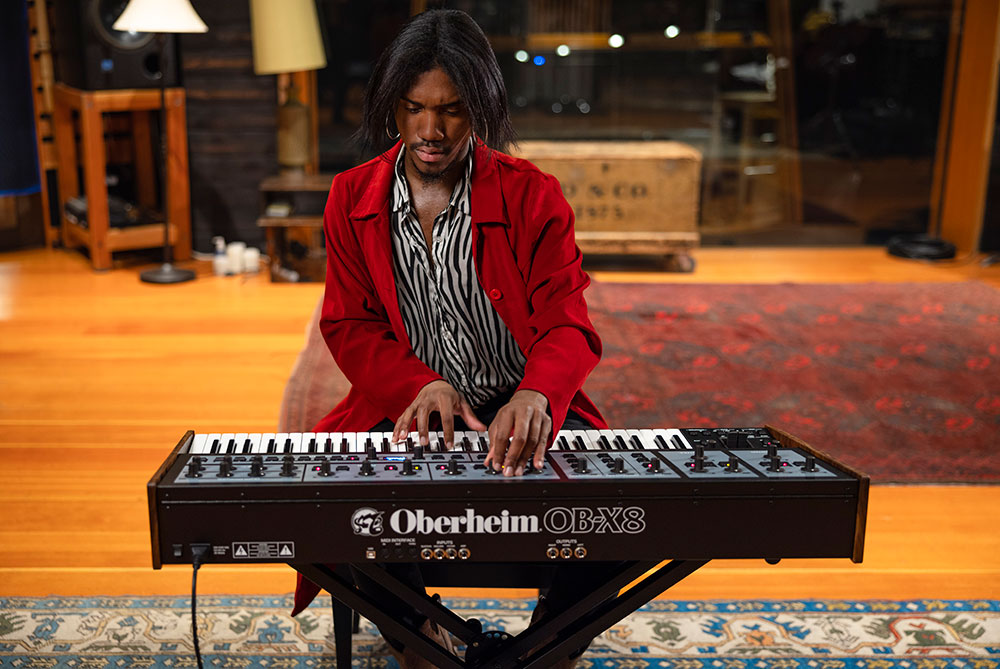The original OB-X is one of the classics. A sublime synthesizer that was one of the first poly synths to combine full programmability from a single set of controls and portability. You’ll find it all over the music of the 1980s including, of course, Van Halen’s Jump.
Fast forward 40 years and Oberheim has reclaimed its legacy with the new and extraordinary OB-X8. It has that classic Oberheim sound because it is built to the same exacting standards and combines the designs of the OB-8, OB-X and OB-Xa in one machine. It has the ability to pull a huge smile across your face. It’s 100% analog in nature and is full of warmth, punch and nostalgia.
The OB-X8 has 8 voices of polyphony using two VCOs per voice that have their heritage in those original 80s synthesizers. The filters come from the classic SEM and OB-X synths with an additional filter that offers the OB-Xa and OB-8 tones. You can run two tones at once, either layered or split across the 61-note velocity and touch-sensitive keys.
It looks every bit like a proper Oberheim synthesizer and sounds fantastic. The controls are large, obvious and beg to be tweaked. It’s full of fantastic presets that will inspire you on your own journey. If you’re looking for classic synthesizer sounds, then the OB-X8 is the finest analog polyphonic synthesizer on the market.
Street Price: $4,999
Oberheim.com
